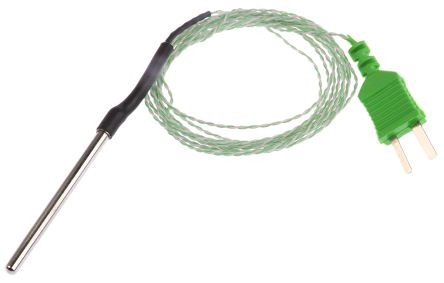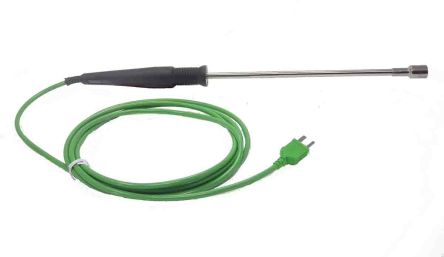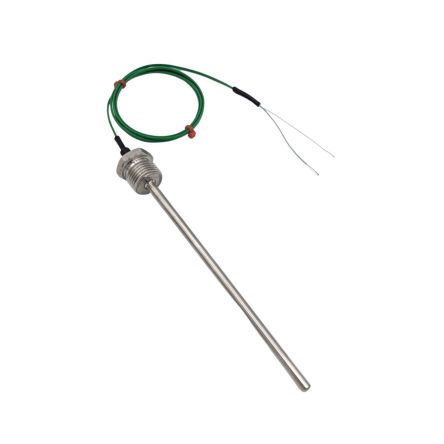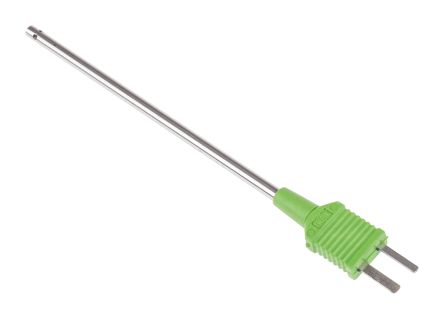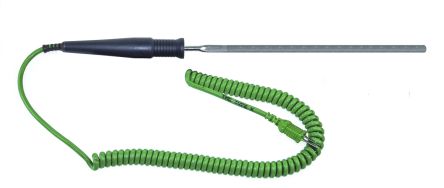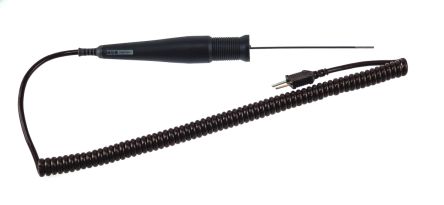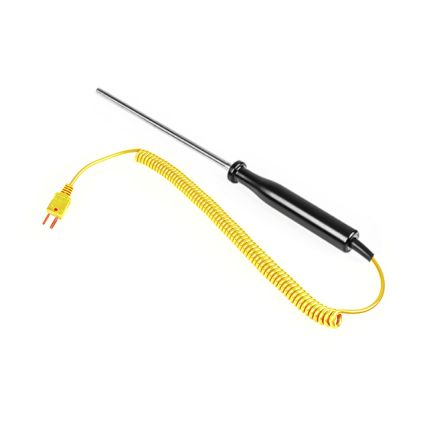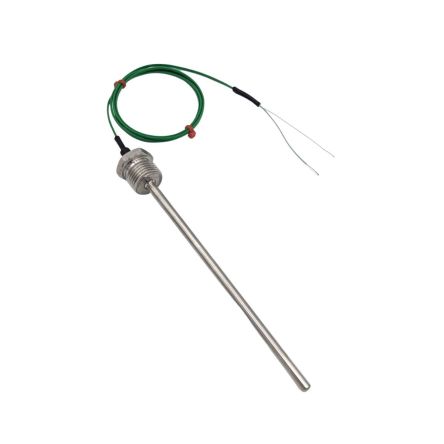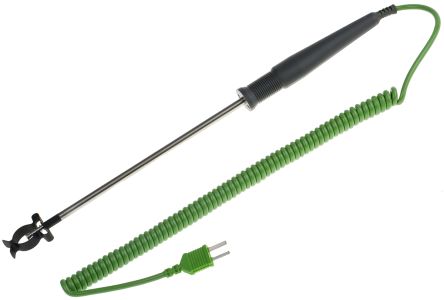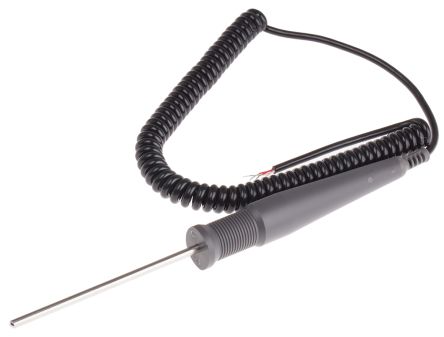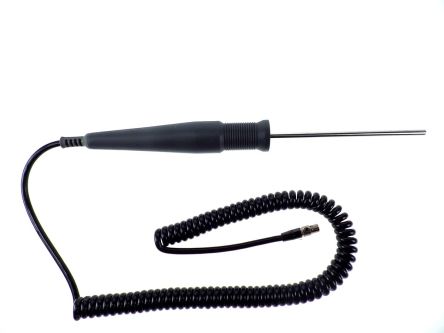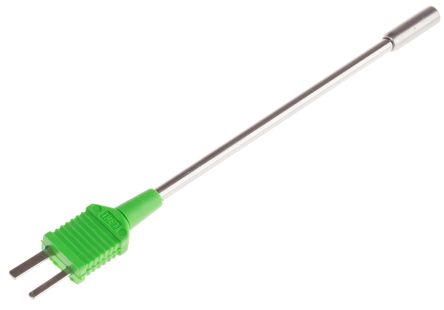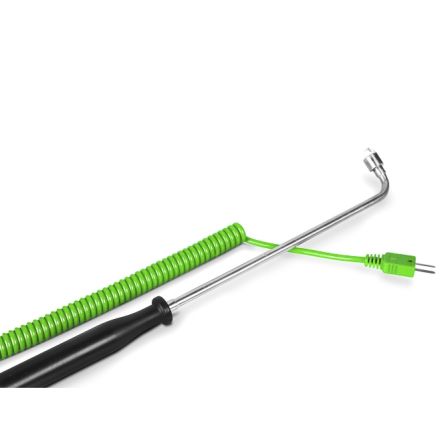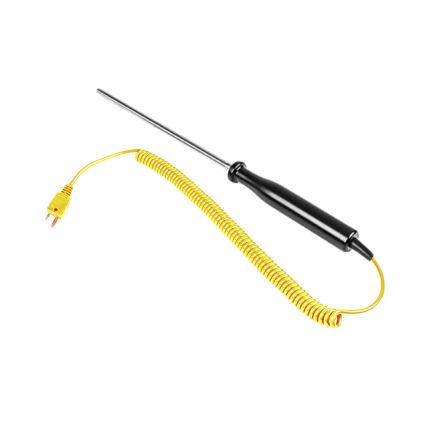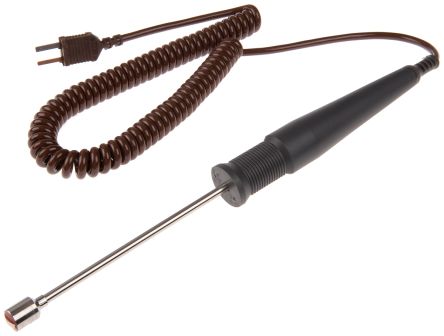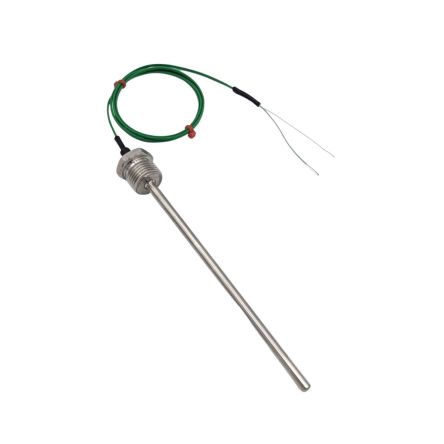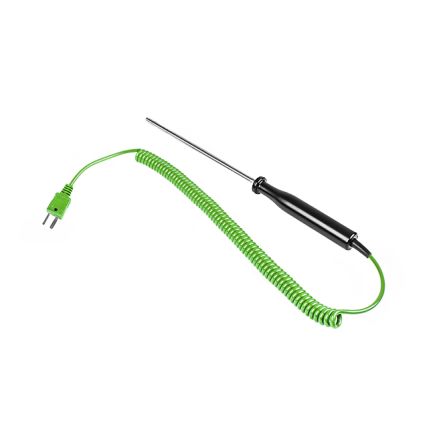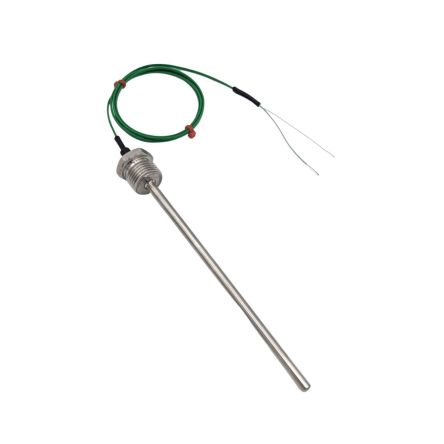- Automation & Control Gear
- Cables & Wires
- Enclosures & Server Racks
- Fuses & Circuit Breakers
- HVAC, Fans & Thermal Management
- Lighting
- Relays & Signal Conditioning
- Switches
- Batteries & Chargers
- Connectors
- Displays & Optoelectronics
- ESD Control, Cleanroom & PCB Prototyping
- Passive Components
- Power Supplies & Transformers
- Raspberry Pi, Arduino, ROCK, STEM Education & Development Tools
- Semiconductors
Temperature Probes
There can be a lot of choices when it comes to temperature sensors, depending on the application. In today's market, there is a wider range of sensors than ever before, and if you do not understand calibrations, you might feel lost.
We will discuss three main types of thermosensors in this article: thermocouples, RTDs and thermistors. By reading it, you will know how to identify each type and what it has to offer in terms of benefits.
Temperature Probes
An instrument that measures temperature is referred to as a temperature probe. In other words, the temperature probes are used to make measurements of air, liquid or surface temperatures and are available in various forms such as thermocouples, thermistors and PT100 to complement thermometers and temperature data logging instrumentation.
You can easily measure temperature using temperature probes. You can do this by sticking a temperature probe to a surface, screwing or inserting it into an object, or submerging it in liquid. A temperature probe can often be customized according to its application-specific temperature range, cable length, and connection due to the diversity of applications for which they are suited.
What are the types of Temperature Probes?
1 - Resistive Temperature Detectors (RTD temperature sensor)
An RTD is also known as a resistive temperature detector, are highly precise temperature probe. Moreover, these RTD temperature sensors come in Platinum and Nickel finishes and various resistance ranges, including PT100/PT1000 or NI100/Ni1000, with a tendency to wear out over time, necessitating frequent replacement.
2 - Negative Temperature Coefficient (NTC temperature sensor) thermistor
Temperature probes using NTC thermistors (Negative Temperature Coefficient) are usually potted into customised housings depending on the client's requirements.
Temperature thermistors reflect changes in temperature quickly and with very high accuracy. Often lower in cost, but offer a smaller temperature range. It is usually best to use NTC temperature sensors for applications where temperatures range from -40°C to +125°C when using epoxy-encapsulated NTCs whereas glass-encapsulated NTCs can reach up to +250°C.
3 - Thermocouple prober
Thermocouples are the most commonly used temperature probe, this is because of their simplicity, and speed of response to changes in temperature. Thermocouple probes are less stable over time and will need replacing more often.
There are many types of thermocouples, all made from different materials which allow for various temperatures. The most common is a Type K thermocouple, which has a temperature range of -180 to 1300 degrees Celsius.
Typical Applications for Temperature Probes
Temperature probes are known for their robust design. This means they are ideal for many general-purpose industrial, commercial and scientific applications where accurate temperature measurement and monitoring play a crucial role to ensure equipment functions properly and efficiently. They can also be used for measuring and testing during investigations and tests.
These sensor probes are often used in the following areas:
- Air conditioning and refrigeration
- Chemical industry
- Plastics processing
- Stoves and grills
- Meat temperature probe or Food temperature probe for food processing
- Laboratories
